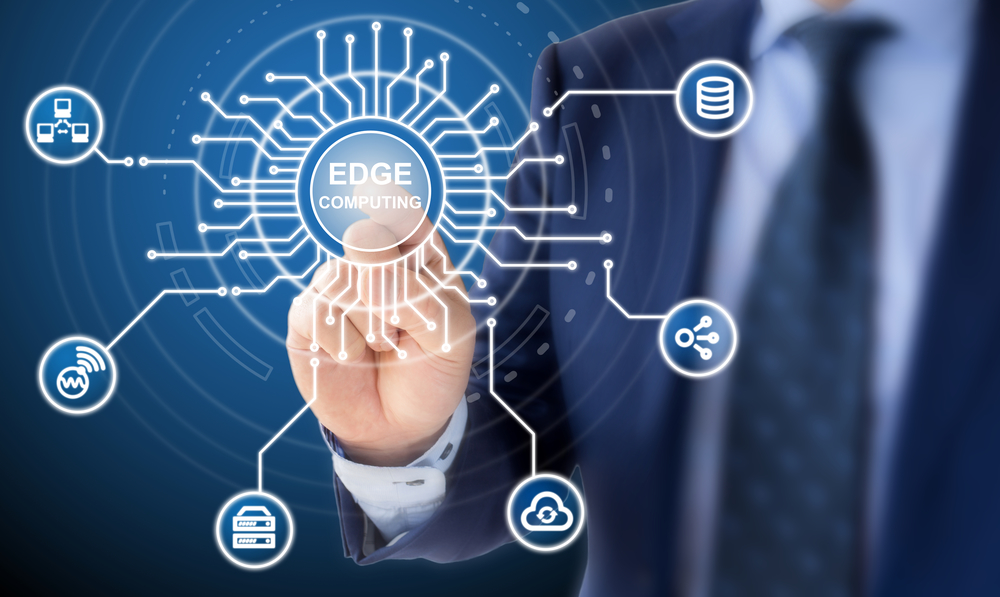Before it was Cloud Computing and “Cloud” was the buzzword amongst the cyber space, with major giants dominating the cloud market like AWS (Amazon Web Services), Microsoft Azure…etc. Though, they still are dominant, a new buzzword is emerging. That is “Edge”.
With the amount of data being dealt on the increase, slowly transcending the cloud space, has driven the need for new technology and has given birth to Edge Computing.
So, what exactly is Edge Computing?
As the name suggests, the generation, collection and analyzing of the data happens on the edge of the network as opposed to centralized servers from the cloud. Another factor that comes in to play is, the latency is definitely higher from the cloud than the data accessed from the edge, thus improving the user experience. Simply put, edge computing alludes to the processing power of the data at the edge of the network rather than holding that power in a cloud or a centralized data warehouse environment.
Edge Computing is already being used in various fields and devices like healthcare, manufacturing, robotics, smartphones…etc. According to the Business Insider Report, it is predicted that in the next 2 years, 5.6 billion IoT devices owned by enterprises and governments will utilize edge computing for data collection and processing.

How secure is Edge Computing?
There are claims and counter claims debate regarding the security of edge computing.
On one side is, the security in edge computing environment better as data is not traveling over the network and staying closer to where it was created.
The counter claim being the IoT devices accessing the edge environment themselves being less secure.
Whatever it is, security has to be of supreme importance either on the cloud or emerging edge environments. Edge computing does not necessarily replace cloud computing, rather rules could be created in a cloud and pushed out to edge devices.

